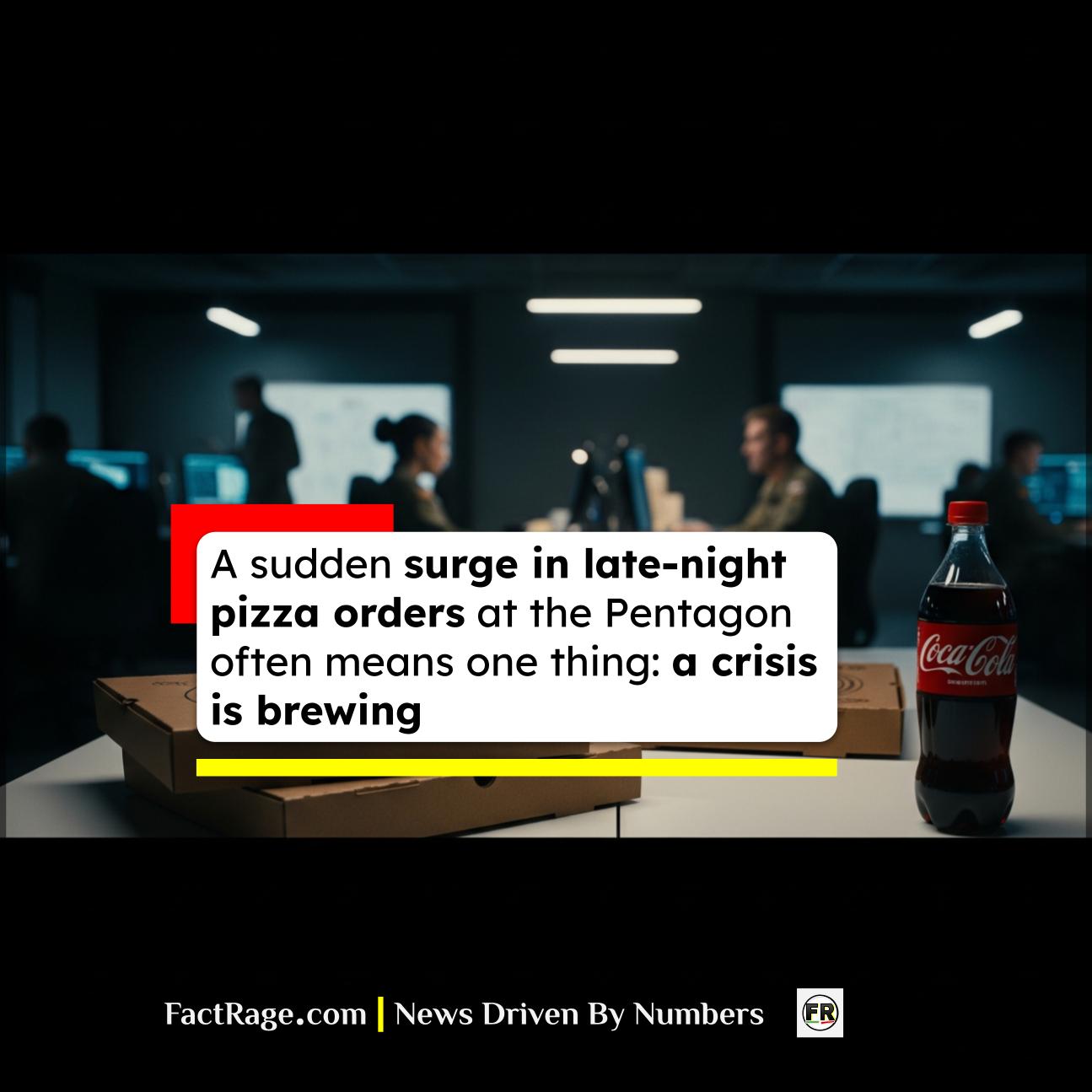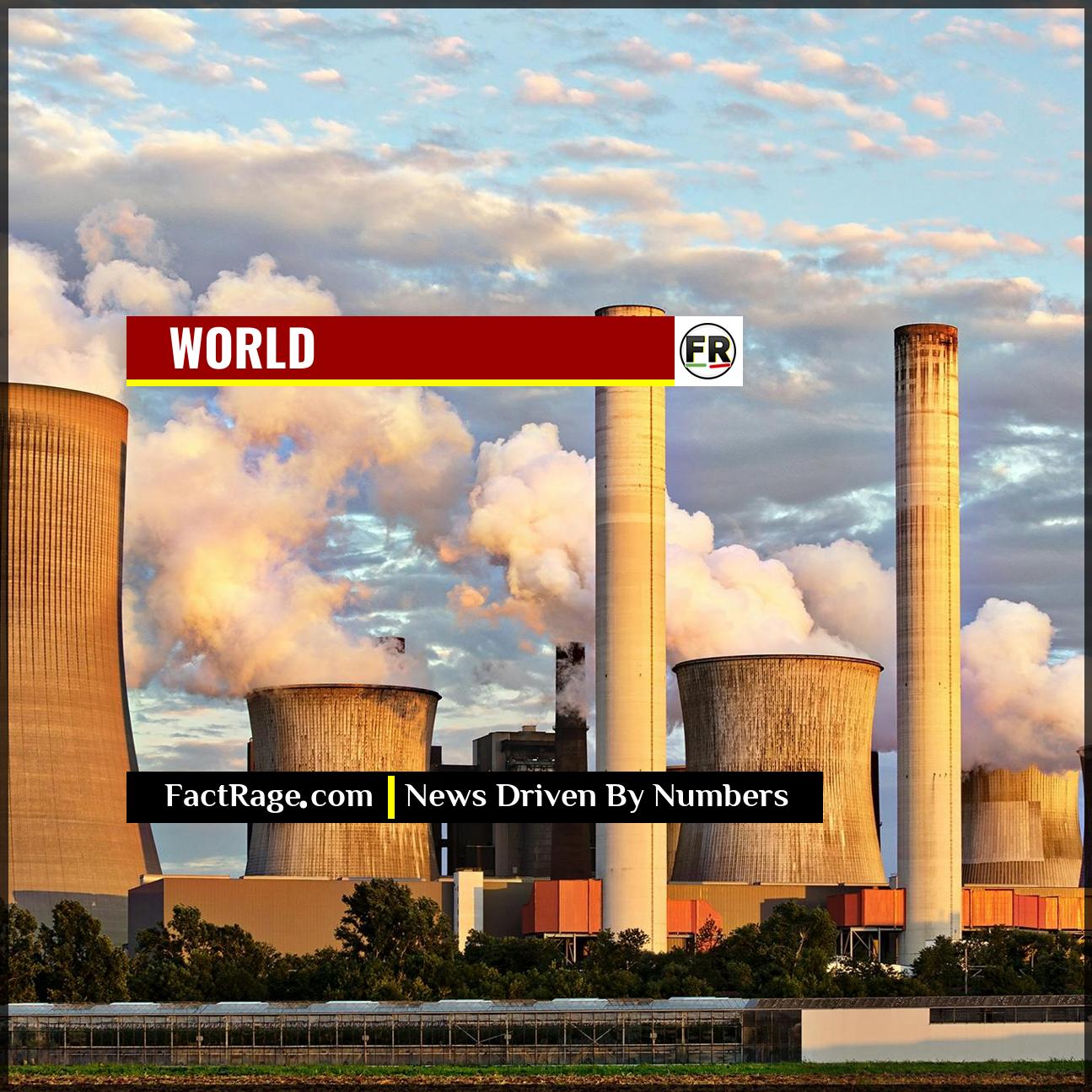WASHINGTON, DC – The U.S. labor market showed signs of cooling in June, adding 206,000 jobs while the national unemployment rate rose to 4.1%, according to new data released Friday by the Bureau of Labor Statistics.
- Slowing Job Growth – The economy added 206,000 nonfarm payroll jobs in June, below economist expectations and a step down from the 272,000 jobs added in May.
- Rising Unemployment – The unemployment rate ticked up from 4.0% to 4.1%, marking its highest level since January 2022 and suggesting more people are looking for work without finding it.
- Persistent Wage Pressure – Average hourly earnings increased by 0.4% for the month and 4.2% over the last 12 months, a rate that continues to pose a challenge for inflation control.
These key figures present a complex picture of the American labor market, with steady hiring offset by signs of increased joblessness, raising important questions for the Federal Reserve and the economy’s overall direction.
Why Job Gains and a Higher jobless Rate Can Happen Together

The monthly jobs report is derived from two separate surveys, which can sometimes produce seemingly contradictory results. The addition of 206,000 jobs comes from the establishment survey, which polls businesses and government agencies on their payroll numbers. It is a direct measure of jobs created.
The unemployment rate, however, comes from the household survey, which interviews individuals about their employment status. The rate rose to 4.1% not just because more people reported being unemployed, but also because of shifts in the labor force participation rate. A rise in unemployment alongside job creation can indicate that while companies are still hiring, the number of people entering or re-entering the job market and actively seeking work is growing at a faster pace. This dynamic points to a labor market that is rebalancing after a period of intense tightness.
What the Numbers Reveal About Specific Sectors
Job growth in June was concentrated in a few key areas. The health care and social assistance sector continued its strong trend, adding a significant number of positions. Government payrolls also saw a notable increase.
However, some sectors showed signs of weakness. Leisure and hospitality, a major driver of post-pandemic job growth, saw its hiring pace slow considerably. The professional and business services sector also showed modest gains, indicating that white-collar hiring may be moderating. This distribution of job gains suggests a shift in the economic engine, away from consumer-facing services and toward more stable, needs-based industries.
How This Data Influences the Federal Reserve’s Next Move
This report lands at a critical time for the Federal Reserve as it weighs its next steps on interest rates. The combination of slowing payroll growth and a higher unemployment rate provides evidence that the Fed’s restrictive monetary policy is having its intended effect of cooling the economy. This could strengthen the case for an interest rate cut later in the year.
However, the persistent wage growth complicates that decision. With average hourly earnings rising 4.2% annually, well above the Fed’s 2% inflation target, officials remain concerned about underlying price pressures. The central bank is now tasked with balancing the risk of slowing the economy too much against the risk of letting inflation become entrenched. Financial markets will be watching closely for any signals from Fed officials in the coming weeks as they interpret this mixed but crucial set of data.














